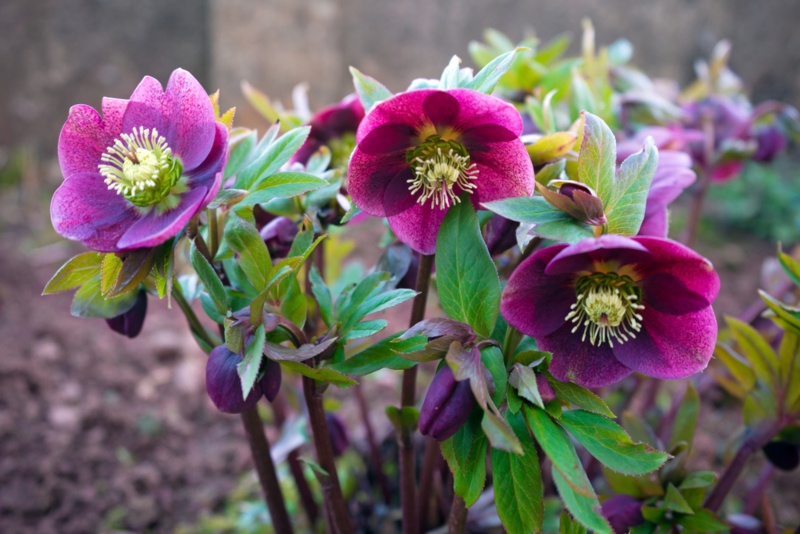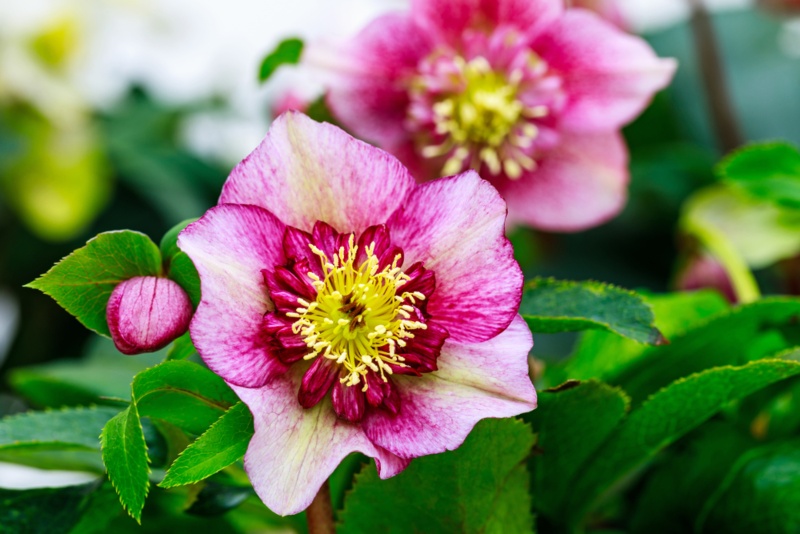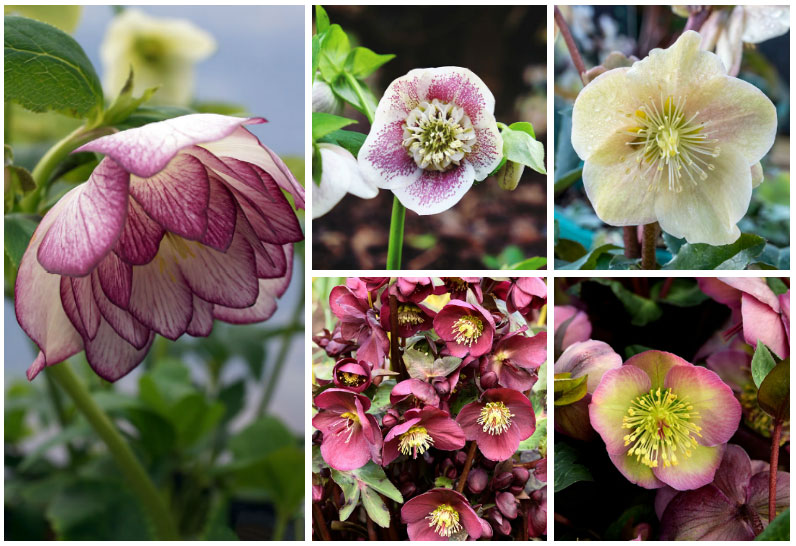
Hellebores, more commonly referred to as Lenten roses, are evergreen, flowering plants. The plants are commonly referred to as Lenten roses because they get small rose-like flowers that tend to appear around Lent, or in the early spring months.
The blossoms on the plant are long-lasting, typically lasting anywhere from February until May, making this one of the earliest plants to bloom and one of the longest-lasting blooms. If you are considering growing hellebores, you should know that this plant is best planted in zones four to nine, with the plant staying evergreen in zones six to nine.
Light Requirements
Hellebores are a great choice for those who may not have a green thumb because these plants are relatively easy to grow, and thrive in a variety of conditions. While hellebores can do well in both full sun and full shade, they are best suited to partial shade conditions. Placing them in a full sun condition can shorten their bloom time or inhibit it altogether.
Watering
Hellebores need water to help them establish their root system. It is recommended that you ensure that they are being watered one to times per week with enough water that the soil one inch below the surface is damp. They also need water when they are actively growing, during the fall and spring months. Heat causes this plant to go dormant, so it does not need as much water during the summer months.

Soil & Fertilizing
Hellebores tend to grow the best in rich and moist soil. However, you do not want the soil to be too moist. The soil should be well-draining. You want the soil to maintain moisture, yet drain enough so that water is not sitting at the base of the roots or plant. It is also strongly recommended that you fertilize around the plant using manure and/or compost. It is recommended that you use manure in early fall to help promote growth and to give your plant the nutrients to produce the beautiful blooms you want to see. If you are using compost, this should be done in the spring. Do not use compost around the plant in the winter months as it can suffocate the plant.
Planting Tips
If you are transplanting hellebores from nursery containers, you want to take the time to free up any bound roots. This can be achieved by gently shaking off the planting mix and letting the roots slowly loosen as you shake. Once you have loosened the bound roots, you want to plant the hellebores. Be sure that you do not place the plant too deep, as this can prevent or lessen flower production. Ensure the crown of the plant is only slightly buried beneath the soil to make sure you are not planting it to deep.
Hellebores produce beautiful flowers in a wide array of color. If you are looking for a plant that blooms and adds color to your garden just as winter is slowly coming to an end, this is a great choice for you. Learning how to properly care for and grow your hellebores ensures they thrive and you get to see watch them bloom to help welcome in spring.





